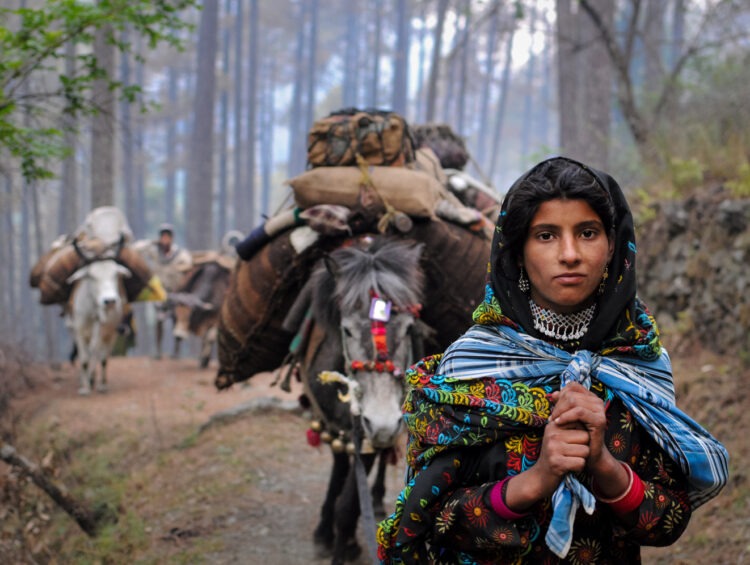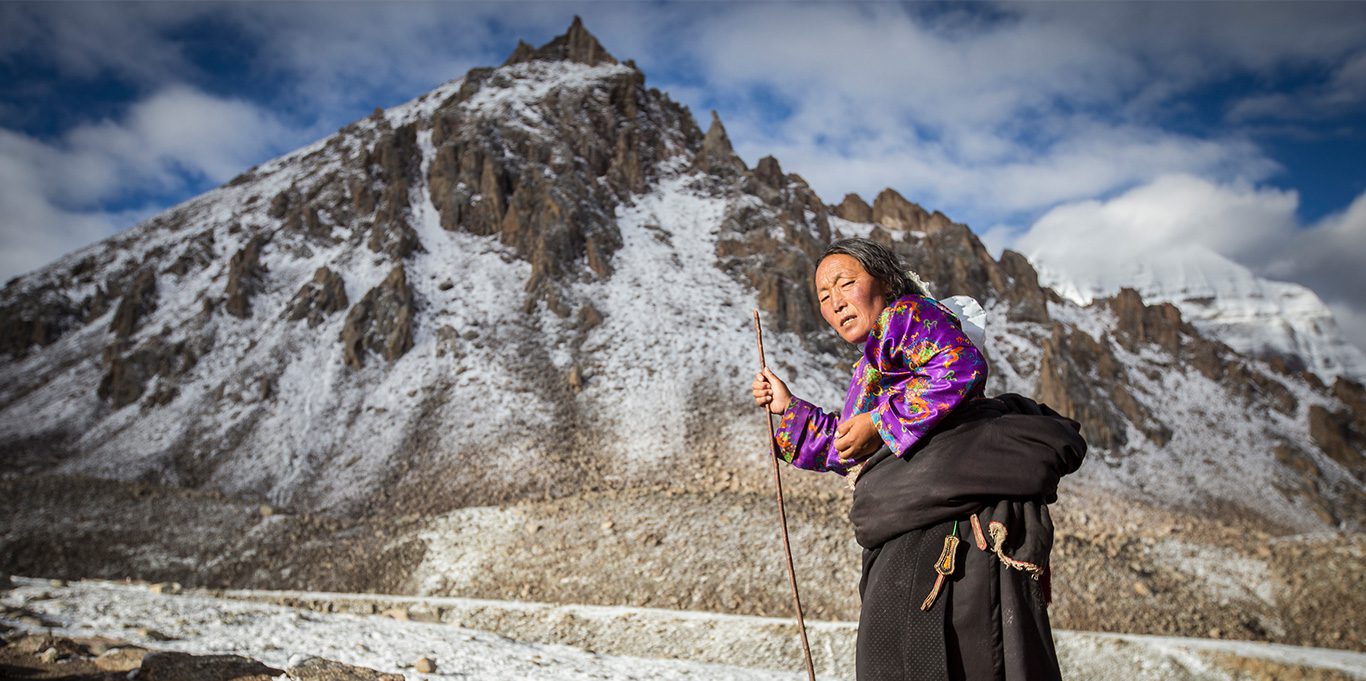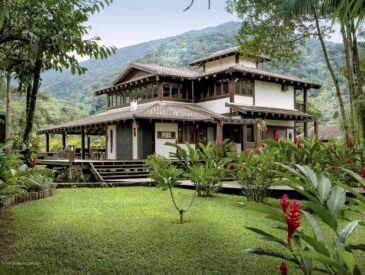The lifestyle of mountain communities in the Himalayas is a unique blend of resilience, tradition, and adaptation to one of the most formidable environments on Earth. These remote communities have not only survived but thrived amidst the majestic peaks, cultivating a way of life that is deeply connected to nature and shaped by their rich cultural heritage. In this blog, we explore the daily lives, customs, and challenges faced by the Himalayan mountain communities.
Connection to Nature: A Harmonious Way of Life
For the mountain communities living in the Himalayas, nature is both a provider and a challenge. The towering peaks, rolling hills, and fast-flowing rivers define their existence. Agriculture plays a central role in their lives, with families growing crops like barley, potatoes, and buckwheat in terraced fields that hug the mountainsides. Livestock, such as yaks and goats, are equally important, providing dairy products, wool, and transportation. The lifestyle of mountain communities is a testament to living harmoniously with the environment while respecting the cycles of nature.
Spirituality and Tradition: The Cultural Fabric of the Himalayas
The lifestyle of mountain communities is deeply rooted in spirituality and tradition. Most Himalayan communities follow Tibetan Buddhism, Hinduism, or indigenous animist beliefs. Religious festivals, rituals, and monasteries are integral parts of daily life. In remote villages, people gather to celebrate key festivals like Losar, Mani Rimdu, and Tihar, which are marked by prayers, dances, and community feasts. These traditions are passed down through generations, keeping the cultural fabric of the Himalayan communities alive and vibrant.
The Challenges of Daily Life in the High Altitudes
While the Himalayas are undoubtedly beautiful, living in this region comes with its share of challenges. The lifestyle of mountain communities is shaped by harsh weather conditions, isolation, and limited access to modern conveniences. Winters in the Himalayas can be brutal, with heavy snowfall cutting off entire villages for months at a time. The rugged terrain makes transportation difficult, and many communities rely on footpaths and pack animals for movement and trade. Despite these challenges, the people of the Himalayas have developed incredible resilience and resourcefulness to overcome the difficulties of living at high altitudes.
Sustaining Traditions in a Changing World
The modern world has begun to encroach on the lifestyle of mountain communities in the Himalayas. Access to education, healthcare, and technology is slowly improving, but these advancements come with their own set of challenges. Young people are increasingly moving to cities in search of better opportunities, leading to a gradual erosion of traditional ways of life. However, efforts are being made to preserve the unique cultural heritage of the Himalayan mountain communities. Sustainable tourism initiatives are helping to provide economic support while promoting the protection of local traditions and the environment.
The Role of Tourism in Himalayan Mountain Communities
Tourism plays a significant role in shaping the lifestyle of mountain communities in the Himalayas. Trekkers, mountaineers, and spiritual seekers from all over the world visit the region, providing a vital source of income for the local people. Many mountain communities have adapted to this influx of visitors by offering homestays, guiding services, and handicrafts. While tourism can bring economic benefits, it also poses a risk to the delicate balance of the natural environment and local culture. Efforts to promote responsible tourism practices are crucial to ensuring that the Himalayan communities continue to thrive in harmony with their surroundings.
Conclusion
Living in the Himalayas requires strength, adaptability, and a deep connection to both the environment and tradition. The lifestyle of mountain communities is one of resilience and cultural richness, with people maintaining their way of life in the face of extreme conditions and growing external pressures. As the world continues to change, the communities of the Himalayas remain a powerful testament to the enduring spirit of humanity, rooted in a profound respect for nature and the preservation of their unique heritage.






